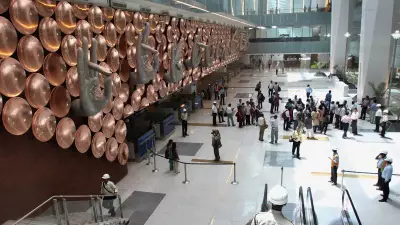
In a significant development for global trade dynamics, Fitch Solutions has revealed that recent trade agreements between the United States and Asia-Pacific nations are substantially reducing uncertainty for Asian exporters. This analysis comes at a crucial time when global supply chains continue to face multiple challenges.
Stability Through Strategic Partnerships
The research highlights how bilateral and multilateral trade pacts are creating more predictable trading environments. Asian exporters can now operate with greater confidence when engaging with US markets, thanks to clearer frameworks and reduced trade barriers.
Fitch Solutions emphasized that these agreements are particularly beneficial for key export sectors across Asia, including electronics, textiles, and manufactured goods. The established trade rules help mitigate risks associated with sudden policy changes or tariff fluctuations.
Economic Implications for APAC Nations
The analysis points to several positive outcomes for Asia-Pacific economies:
- Enhanced market access for Asian goods in the United States
- Reduced compliance costs and administrative burdens
- Improved investment climate for cross-border business ventures
- Stronger economic integration between the US and APAC regions
Long-term Benefits and Strategic Positioning
According to Fitch, these trade arrangements represent more than just immediate economic advantages. They create sustainable frameworks for continued economic cooperation between the United States and Asia-Pacific nations.
The reduced uncertainty allows businesses to make longer-term investment decisions and develop more stable supply chain strategies. This is particularly important given the ongoing restructuring of global trade patterns and the increasing importance of regional partnerships.
As global trade continues to evolve, these US-APAC agreements are positioning Asian exporters for sustained growth and competitiveness in international markets. The Fitch analysis suggests that countries actively participating in these trade frameworks are likely to see improved economic resilience and export performance in the coming years.





